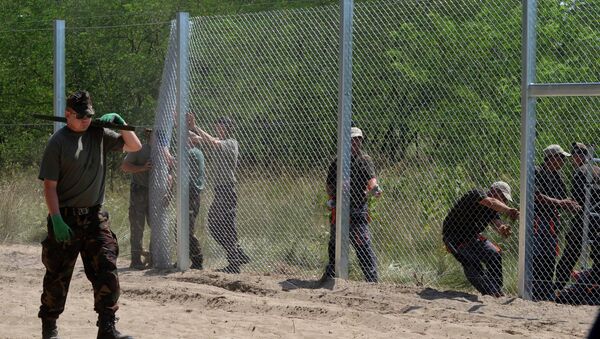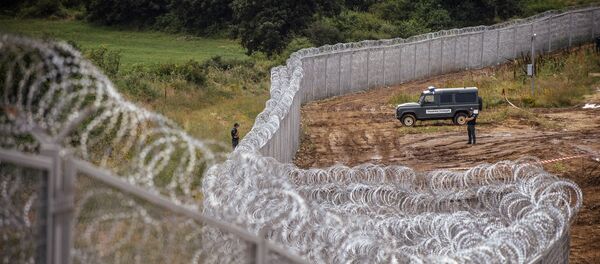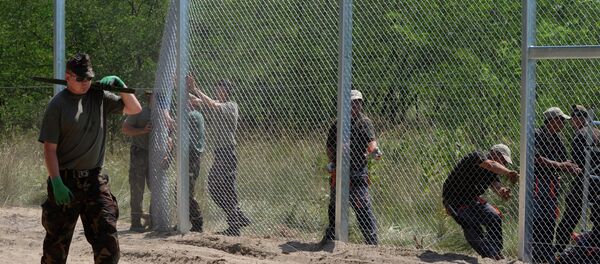MOSCOW (Sputnik), Anna Liatsou – Stevan Gajic, a research fellow at the Institute for European Studies in Belgrade, told Sputnik:
"Without permission from stronger EU states, if not from across the ocean, Hungary would not have been able to do this on its own."
Tens of thousands of undocumented migrants have entered Europe clandestinely since 2015 as they flee conflicts and economic hardships in their home countries. They risk journeys on perilous land and sea routes, with hundreds recorded deaths in the Mediterranean Sea this year already.
Braxatoris said that migrants who do manage to make it to Europe often find themselves stranded in the EU country of their first point of entry, unable to reach their final destination, a situation which regularly gives rise to riots at migrant camps.
"European countries are trying to come up with a coordinated response to this problem, and bilateral ties between countries – in this case, Serbia and Hungary – don’t play a role in this," he said, adding Slovakia’s stance was that refugees should be taken in voluntarily, not forced upon EU nations.
Both experts agreed that Serbia’s bid to join the European Union has failed, and in this light, the fence with Hungary has symbolic significance. Yet, they assert that tighter border controls on EU external border in Eastern Europe are aimed at stemming the flow of migrants and not directly targeted at Belgrade.
Hungary's work to build a 110-mile fence on its southern border began on Monday amid warnings that human traffickers will find other smuggling routes into Hungary and into more affluent European nations, namely via Slovakia or Romania.



